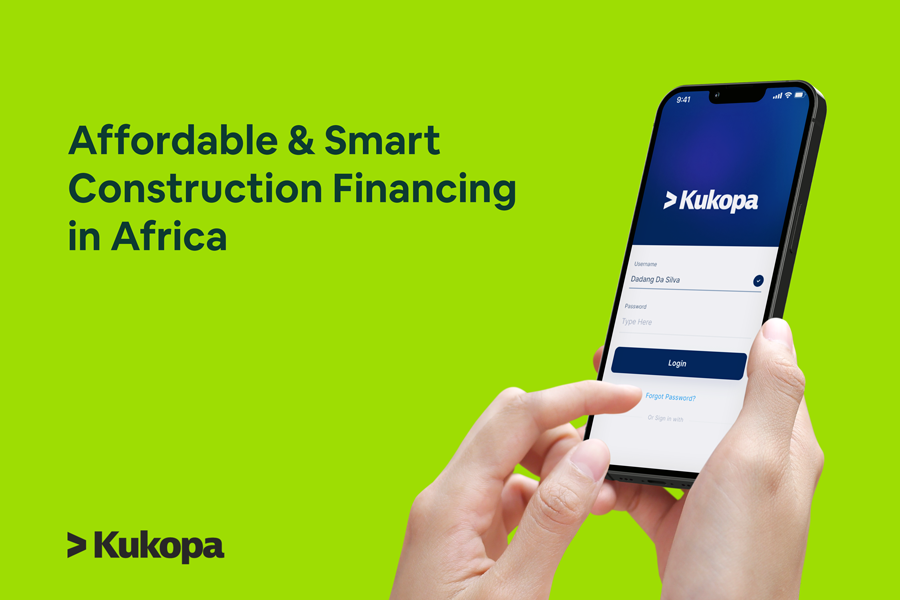In Sub-Saharan Africa, the informal housing sector has become the primary source of shelter for millions, as high costs and limited access make formal housing unattainable for many. In response, communities have developed creative, resourceful ways to build using readily available materials, which are often affordable and suitable for local climates. These materials are typically described as “temporary,” “traditional,” or “semi-permanent”—terms that may carry certain stigmas but speak to a legacy of resilience and adaptability in housing construction.
Key Building Materials in Informal Housing
Informal housing in Sub-Saharan Africa often incorporates locally available materials that support affordable construction. Below, we explore the most common of these materials and how they contribute to housing affordability and accessibility.
1. Mud
Mud is widely used across Sub-Saharan Africa as a primary building material. Due to its accessibility and ease of use, it’s commonly applied in rural areas for walls and floors. While mud construction may be vulnerable to heavy rains or flooding, it is an affordable and sustainable option when maintained correctly.
2. Wood
Wood is essential for framing and structural components in informal housing. Its flexibility and availability make it ideal for load-bearing structures, and it is especially prevalent in both urban and rural informal settings. However, the high demand for wood has raised concerns about deforestation, prompting some communities to seek alternative materials to protect forest resources.
3. Plants and Straw
In many rural areas, plants and straw serve as roofing and walling materials, offering natural insulation in hot climates. Though they are highly accessible, these materials require regular maintenance to ensure durability, as they are susceptible to weathering.
4. Clay
Clay is often used for creating bricks, which may be sun-dried or fired. These bricks form the foundation of many informal dwellings, providing a sturdy and relatively long-lasting building material. Clay-based techniques like wattle and daub are also popular due to their cost-effectiveness and availability.
5. Sheet Metal
For many low-income families, sheet metal is a go-to roofing material due to its durability and relatively affordable price. It offers decent protection from the elements, though its heat retention can be a drawback in hotter regions.
Use of These Materials Across Sub-Saharan Africa
Examples of these materials’ application vary widely by country:
- Burundi: Adobe bricks are prevalent, with 70% of homes roofed using straw and plant leaves.
- Gambia: Over half of the housing stock is built using semi-permanent materials.
- Kenya: In Nairobi, 70% of housing consists of small shacks constructed from wood, mud, tin sheets, and wattle.
- Namibia: Nearly 40% of homes are built from found materials.
- Uganda: About 70% of houses use temporary building materials.
Challenges with Informal Building Materials
While these materials are affordable and accessible, they also come with unique challenges, especially in terms of affordability, sustainability, and long-term viability.
Affordability Challenges
For low-income households, the fluctuating prices of basic materials such as mud and wood can impact construction costs. Market instability, inflation, and the lack of regulated markets for these materials can make it difficult for families to budget effectively. Quality and availability may vary widely, adding to the difficulty of maintaining consistent construction standards.
Sustainability Challenges
The demand for Western-style building materials, such as cement and steel, has increased despite their high environmental costs and unsuitability for local climates. Cement production, in particular, contributes significantly to carbon emissions. There is a need to promote sustainable building practices that incorporate locally sourced materials, such as mud and clay, which have a lower environmental impact. However, traditional materials face adoption barriers in the formal sector due to a lack of standardized information and certification processes.
Toward a Sustainable Future in Housing Construction
Addressing these challenges requires a shift towards a localized, sustainable approach that promotes affordability, durability, and environmental responsibility.
Promotion of Local Materials: By encouraging the use of locally sourced materials, communities can reduce construction costs while supporting environmental sustainability. Traditional materials like mud, straw, and clay offer resilience when used in suitable climates.
Standardization and Certification: Developing standardized testing and certification for traditional materials would enhance their acceptability in the formal sector. This would allow more low-income households to build sustainable homes that meet basic quality standards.
Reformed Building Codes and Regulations: Adjusting building codes to accommodate diverse material options and construction techniques can drive down costs while ensuring safety and quality.
Education and Training on Sustainable Construction: Educating local communities and construction professionals on sustainable building practices can encourage greater use of low-cost, low-impact materials.

Supporting Construction Efforts with Accessible Loans
For families and builders who need financial support to undertake housing projects, options like construction loans can be transformative. Platforms like Kukopa.com provide construction loans tailored to the needs of informal housing projects, helping individuals and communities access the capital they need to build or upgrade their homes. By applying for a loan through Kukopa, borrowers can take the next step in creating safe, affordable, and sustainable housing.
Building a Path to Affordable, Sustainable Housing
The use of locally available, traditional materials has empowered communities in Sub-Saharan Africa to create affordable housing solutions, even in the face of economic and environmental challenges. However, to meet the growing demand for safe and sustainable housing, there is a need for a coordinated effort to embrace these materials more broadly, standardize practices, and provide access to supportive financing options. Programs and platforms like Kukopa are essential in bridging this gap, enabling more people to build homes that are resilient, affordable, and suited to their environment.
Whether you’re building your first home or upgrading an existing one, consider exploring the loan options at Kukopa.com to bring your housing vision to life!








